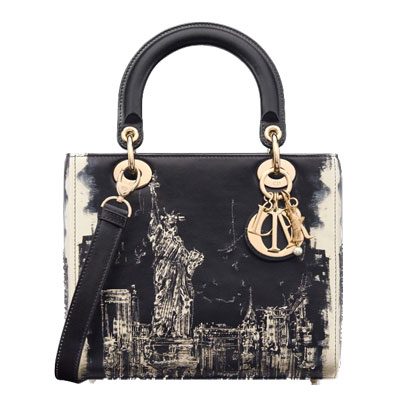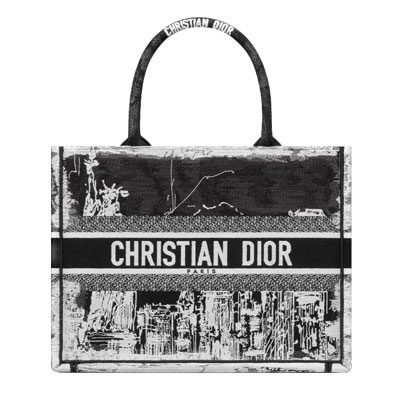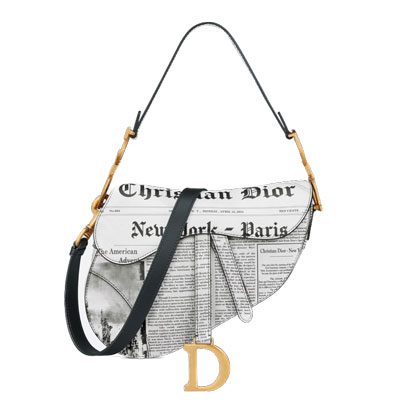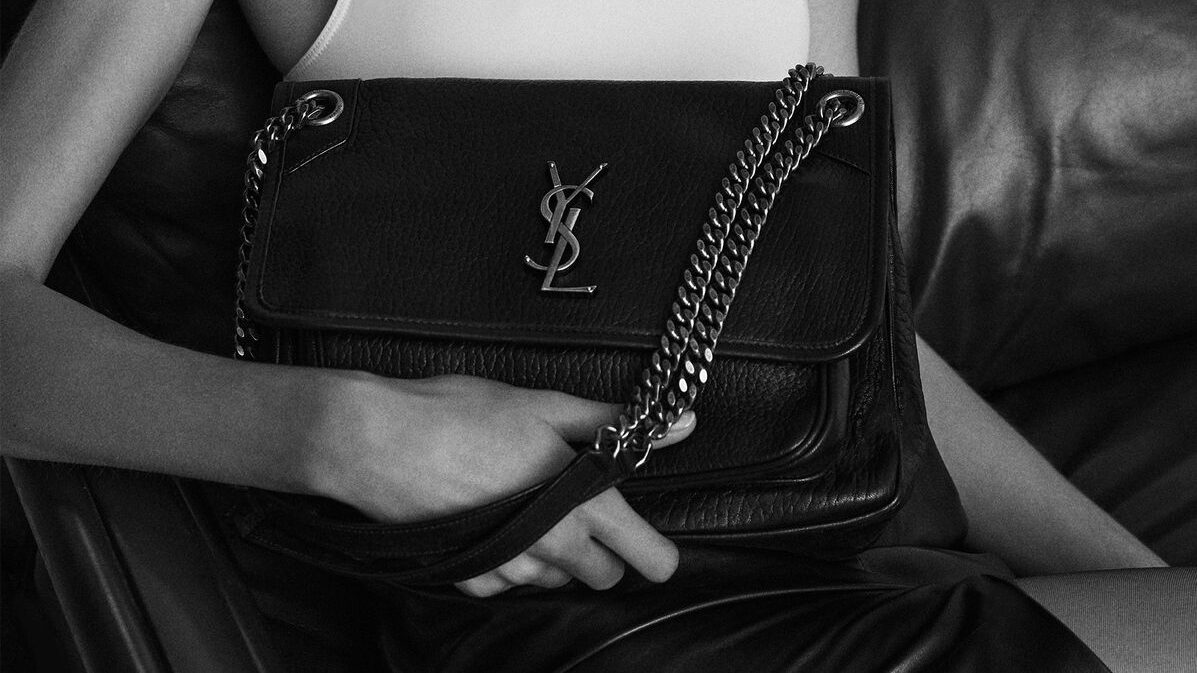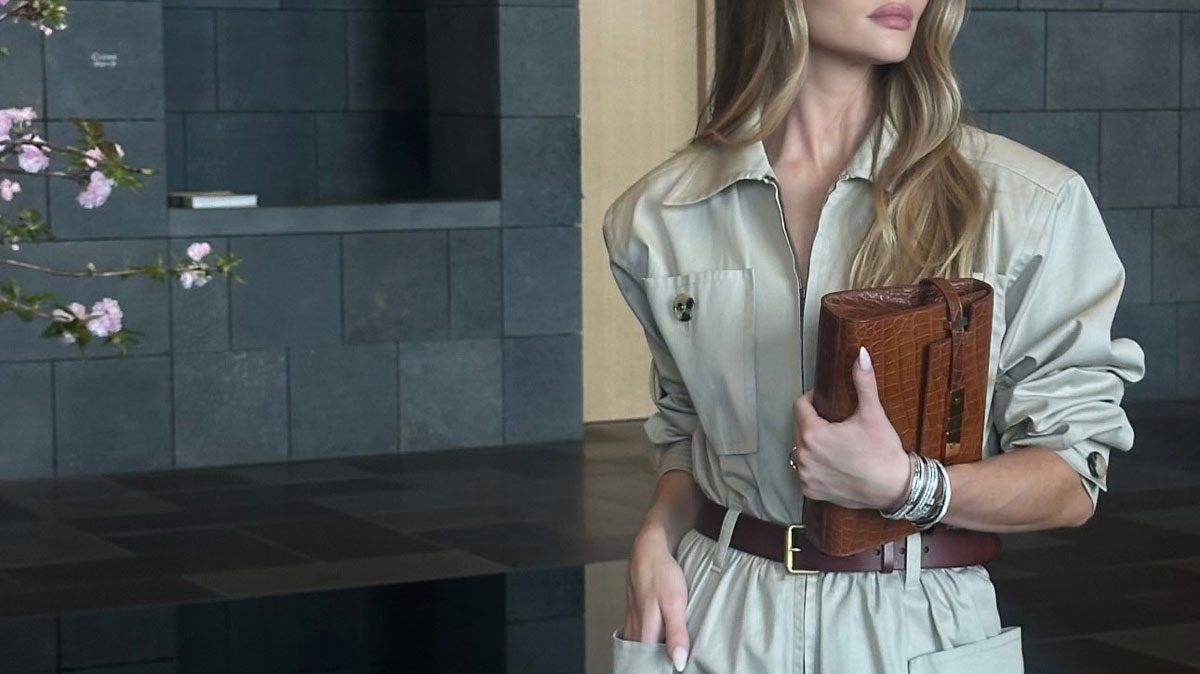Each and every one of us are guided by our own set of ideals. We carry them with us, letting them inspire and motivate us or serve as guard rails for how to live as our most authentic selves. Sometimes they feel innate, not something we actively chose to align ourselves with but are just a part of our nature, always resting in us on some deeper molecular level. Other times we can remember certain experiences and environments that helped strengthen our identities by forcing us to foster newer different principles to live by.
This kind of reworking is not something only limited to us as individuals, but many times it happens on a larger national or global scale that causes a collective to look inward to define its core values. A good example of this is WWII and its follow-up decades. For many countries, they were times marked by broad transformation and immense optimism as new sets of ideals popped up and made their way to the forefront of societies around the world. While North America continued to revel in economic prosperity, many Western European governments were concentrating their efforts on rebuilding and revitalizing their societies with a more positive future-focused perspective.
One such country was France. Having suffered great industrial and agricultural damage years earlier, it spent the following decades reinforcing a national identity of independence, power, and status on the world stage. Those three great ideals successfully seeped into the hearts and minds of all its residents and became a recognizable part of the way they lived, worked, and approached their day-to-day happenings. One very notable French resident of this time happened to be the great designer, Yves Saint Laurent.
Although he was originally born in French-Algeria, he wasted no time making a space for himself in the world of high fashion after moving to Paris in the early 1950s. His adherence to the nation’s (as well as his own) values made him a recognizable powerhouse of a man known for his ambitious nature that would propel him to the top of the fashion industry.
The genius of his creative sketches and can-do attitude caught the eye of some of the biggest names in the field and as a result, it only took a year before he was apprenticing under the already-famous Christian Dior. Mostly tasked with decorating store fronts and tailoring haute couture gowns, the young Saint Laurent made sure to keep a close eye on his mentor to learn the ins and outs of the business while finding ways of reinforcing his own sense of status and independence just as the nation had been doing.
Amazingly, it was only another two years before he took over Christian’s role of creative director upon his passing in 1957. Yves then proceeded to design six popular collections with each one slowly moving further away from the overly artsy garments that he felt distracted from the natural beauty of women’s figures in favor of more relaxed functional styles suited for contemporary women.
Unfortunately, he was eventually fired from Dior but with the help of his co-founder Pierre Bergé, he went on to create the YSL brand that we all know and love (est. 1961.)
Now I know that this all may just sound like a simple tidbit of history, but I believe that looking deeper at the details of a designer’s story is how we can clearly identify the original values embedded into the DNA of a brand. To understand the creator’s ideals lets us understand the complete identity of the brand and pinpoint the intentionality of every garment and accessory that is produced.
Just from this little crash course we can see that Mr. Saint Laurent was a true embodiment of those aforementioned ideals of independence, power, and status. They guided him and lent him to design pieces for modern women that chased success and independence for themselves in a manner not unlike his own. (Fun fact: He created the first women’s blazer jacket called the “Le Smoking” AND the first women’s pantsuit.) Add to the fact that he also intended YSL to directly focus on functionality, we can see the intentionality in the designs of our favorite mini crossbodies, on-the-go totes, and comfortable ready to wear pieces coveted by working women.
So just some food for thought: perhaps every time we reach for our Kates and Sac De Jours, we are upholding Yves’ original vision of fashion that was intrinsically linked to those three great ideals of his time. The designs of his fashion house are feminine and fun but they are interwoven with a freedom of not feeling constrained in our clothes. Their overt display of high-quality materials show that we alone choose how we project our power and status to the world. And the variety of styles we choose- some very bright and glamorous and some beautifully understated- give others a clue of what ideals we may have for ourselves. One most certainly being that as women, we need bags that are both functional and comfortable enough to help us take on the modern world but beautiful enough to make sure we look damn good while doing it.





